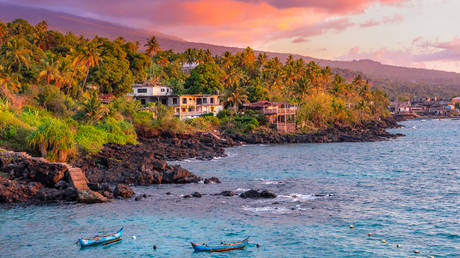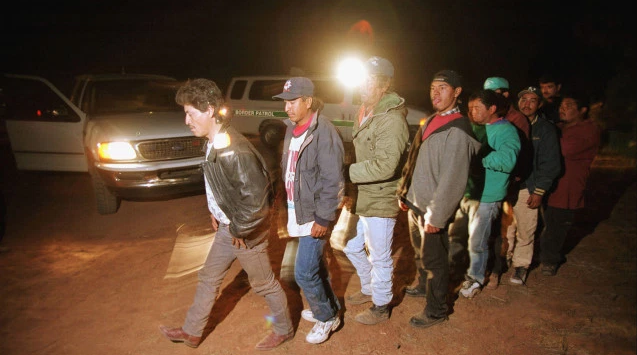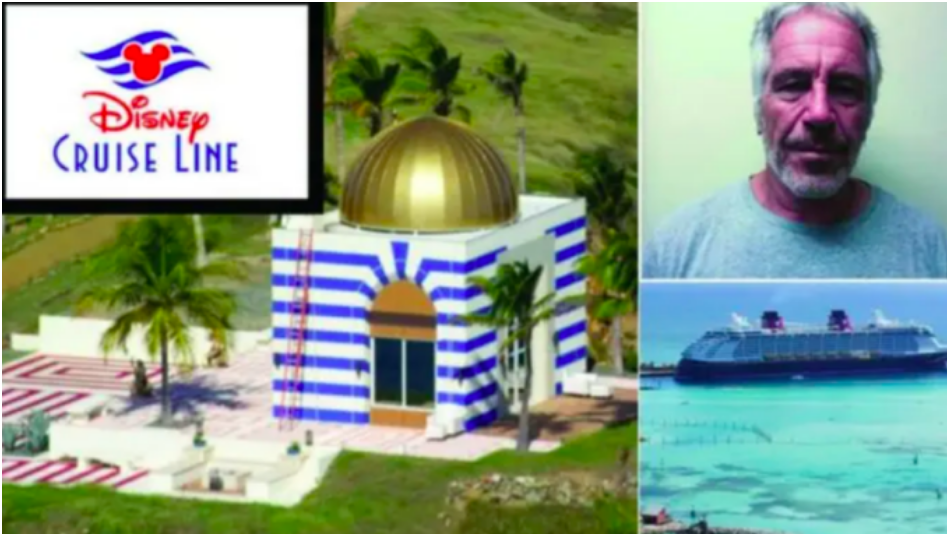Welcome To Easter Island
by Chris Martenson, Peak Prosperity:
 We’re making the same mistakes with our essential resources
We’re making the same mistakes with our essential resources
Remember Easter Island? That place in the pages of National Geographic with the gigantic carved heads peeking up from grassy slopes?
Whether you recall it or not, you live there — in a manner of speaking.
Easter Island was colonized by the Rapanui, a particularly adept seafaring culture. When they arrived, around the year 800 A.D., the island was a lush forested tropical paradise.
But eventually, according to researcher Jared Diamond in his bestseller Collapse: How Societies Choose to Fail or Succeed, they committed ecocide.
They cut down every single tree on their island. Eventually the people had no wood to burn in their cookfires. They had to resort to burning grass, a particularly inferior fuel source.
But before arriving at that sad state, the Rapanui cut numerous huge stone effigies called “moai” out of solid rock – some weighing 14 tons – sculpted them, and moved them great distances.

For whatever reason, the Rapanui tribe felt it was very important to make these giant stone heads, often at the cost of using trees as the means for transporting and erecting them.
Somewhere along the way I’m sure there were alert members of their society quietly wondering if maybe they should instead start protecting their dwindling groves and forests?
It’s tough to be “that person” who concludes that your culture is up to something completely non-sensical. It’s tough to open up and call that stuff out — because most people don’t see the problem themselves, and can feel attacked if you bring it up.
In this story of Easter Island, the production of the gigantic stone moai were deemed more important than every tree on the island. Hey, maybe that was the right call – I don’t know, I wasn’t there. But whether it made sense or not, it wasn’t a sustainable practice.
It was an activity with an easily-predicted end-date stamped right on it. Carving gigantic stone heads consumed the vital resources of a culture, yet did not offer any measurable productive returns to that same culture. The activity diminished valuable resources instead of enhancing them.
So if ‘sustainability’ is the correct criteria to use to evaluate a culture’s actions, then the Rapanui of Easter Island wasted the last of their trees on the wrong activity.
Welcome To Easter Island
Silly islanders, right? Right? Amiright?
We’d never do anything so foolish ourselves! Right? We’re certainly smarter than that these days, correct?
Actually, no.
Take oil. Our most valuable resource. Bar none.
“Wrong!” you might think “Water is certainly the most valuable resource.” I wouldn’t say you’re wrong…but I’d point out that with oil ,you can construct massive aqueducts to transport water a thousand miles across open desert.
With oil that’s a relatively easy project to pull off. Compare that how much less is possible in a world without oil:

What about building massive desalination plants to create fresh water, like the Saudi’s have done? Those, too, require oil to manufacture, transport, erect and operate.
So, if we agree that water can be brought to where it’s scarce due to oil, oil becomes more important than water.
In this metaphor, oil is to us as the trees were to the Rapanui of Easter Island. And just as the Rapanui blindly consumed their trees until none were left, modern society is on the same path with oil.
Once there were vast pockets of easily-tapped oil beneath the ground. Now? We’re forced to drill 20,000-foot-long fracked monstrosities that might each yield somewhere between 250,000 and 400,000 barrels of oil in total over their short life of perhaps 10 years.
Contrast that with the wells drilled in Saudi Arabia in the 1950’s and 1960’s, each of which are *still* producing thousands of barrels per day and have yielded anywhere from 20,000,000 to 152,000,000 barrels. Each.
(Source)
That means that the oil wells of old were 100x to 300x more productive than today’s newer wells.
On Easter Island, the old trees were big and strong and grew everywhere. Today’s trees there are small and skinny and sparse.
An observant mind like yours may ask; “Maybe we should be a bit more careful in how we use our dwindling resources.”
But that question is not being discussed at any level that will change the status quo.
Society is busy ripping through the last trees and shrubs in this story, one that no longer makes any sense. At all.
For some reason, our modern equivalent of island elders are convinced that what we need is a return to economic growth as fast as possible and by any means necessary. That, among other things, we need more of these:
Read More @ PeakProsperity.com




